
China's lower GDP growth could prompt stimulus measures

The GDP figures were in line with analyst expectations, but prompted speculation of further stimulus measures, especially with uncertainty over the progress in US-China trade talks.
China's lower economic growth and a widely anticipated rate cut from the US Federal Reserve have opened the door for more monetary easing to support growth at the floor of the 6-6.5pc official target growth for China this year, said Singapore-based DBS Bank.
The current level of investment in sectors such as infrastructure and manufacturing is still "relatively low," said China's national bureau of statistics, adding that there should be more efforts to "deepen the reform, optimise the business environment and further stimulate the vitality of market players", without giving details.
Any reduction in the cash reserve ratios for banks or a policy lending rate cut could be a boost for the credit-sensitive property sector. China has pared its cash reserve ratio for banks by six times since January 2018 but has left its lending rate unchanged since 2016.
China's construction sector accounts for over 60pc of steel consumption.
Real estate investment growth slowed for a second month, with January-June growth at 10.9pc on the year but still higher than the 9.5pc growth in 2018, which should support steel prices in the near term.
New project starts grew at a fast clip of 10.1pc in area terms in January-June. Real estate sales posted a 1.8pc fall in area terms and a 5.6pc growth in yuan terms, indicating a continued rise in property prices on a year-on-year basis, which should be conducive for housing investments.
Industrial output growth bounced back to 6.3pc on the year in June from 5pc in May. In terms of steel-consuming industries, automobile manufacturing fell by 2.5pc. Railway, shipbuilding, aerospace and other transportation manufacturing grew by 14.5pc, and equipment manufacturing grew by 2.6pc.
Declines in auto production and sales have hobbled prices and demand for flat steel products, with long product sales fetching more profits in the domestic market.
Infrastructure investment growth remains sluggish, despite Beijing expanding funds availability for such projects through the issuance of special bonds and allowing the projects to leverage these bonds as part of their capital to raise more bank loans.
January-June infrastructure growth was at 4.1pc in January-June compared with 4pc in January-May.
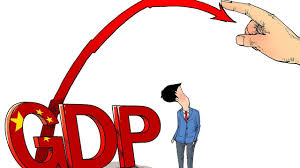

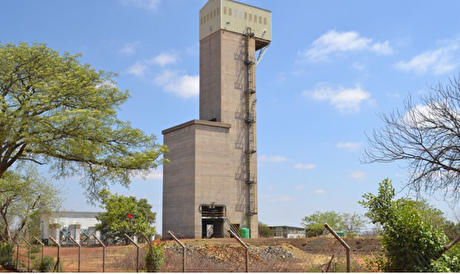
NexMetals receives EXIM letter for potential $150M loan

Lifezone Metals buys BHP’s stake in Kabanga, estimates $1.6B project value
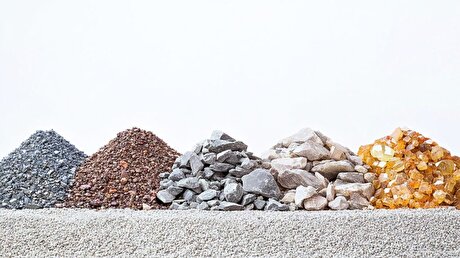
China quietly issues 2025 rare earth quotas

Teck approves $2.4B expansion of Highland Valley Copper
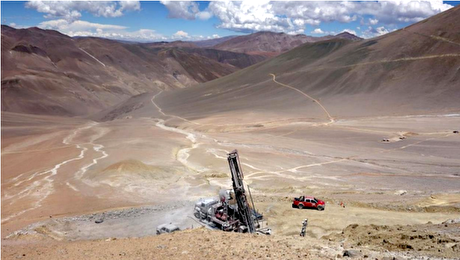
BHP, Lundin JV extends useful life of Argentina copper mine

Gold price eases after Trump downplays clash with Fed chair Powell
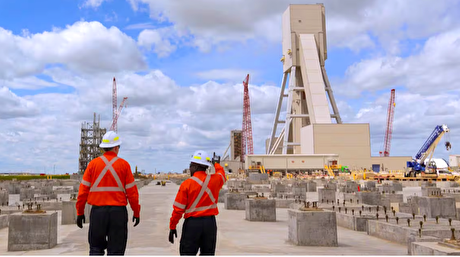
BHP delays Jansen potash mine, blows budget by 30%
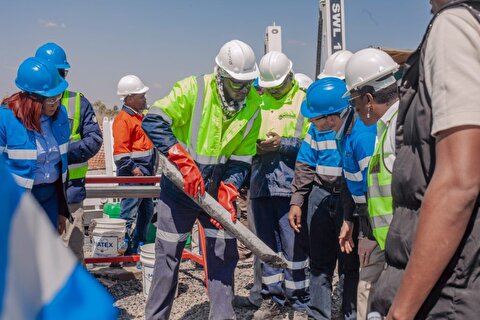
KoBold signs Congo deal to boost US mineral supply
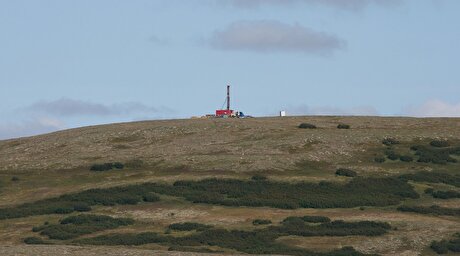
Northern Dynasty extends losses as it seeks court resolution on Pebble project veto

Gold price could hit $4,000 by year-end, says Fidelity

Southern Copper expects turmoil from US-China trade war to hit copper

Ramaco Resources secures five year permit for Brook rare earth mine in Wyoming

Column: EU’s pledge for $250 billion of US energy imports is delusional

Finland reclaims mining crown as Canada loses ground

Gold price down 1% on strong US economic data
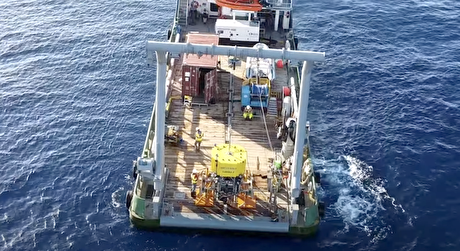
Trump’s deep-sea mining push defies treaties, stirs alarm

Chile’s 2025 vote puts mining sector’s future on the line

Gold price retreats to near 3-week low on US-EU trade deal
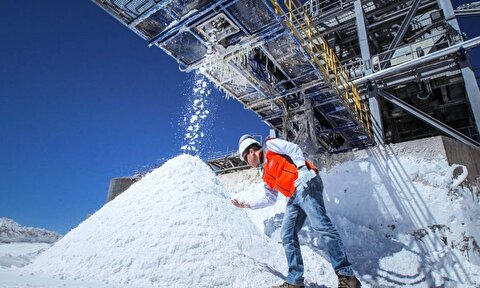
China’s lithium markets gripped by possible supply disruptions

Gold price could hit $4,000 by year-end, says Fidelity

Southern Copper expects turmoil from US-China trade war to hit copper

Ramaco Resources secures five year permit for Brook rare earth mine in Wyoming

Column: EU’s pledge for $250 billion of US energy imports is delusional

Gold price down 1% on strong US economic data

Trump’s deep-sea mining push defies treaties, stirs alarm

Chile’s 2025 vote puts mining sector’s future on the line

Gold price retreats to near 3-week low on US-EU trade deal

China’s lithium markets gripped by possible supply disruptions














